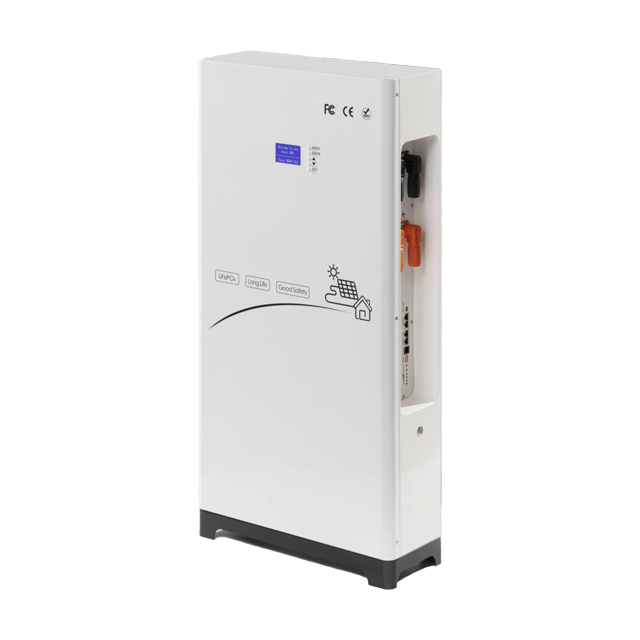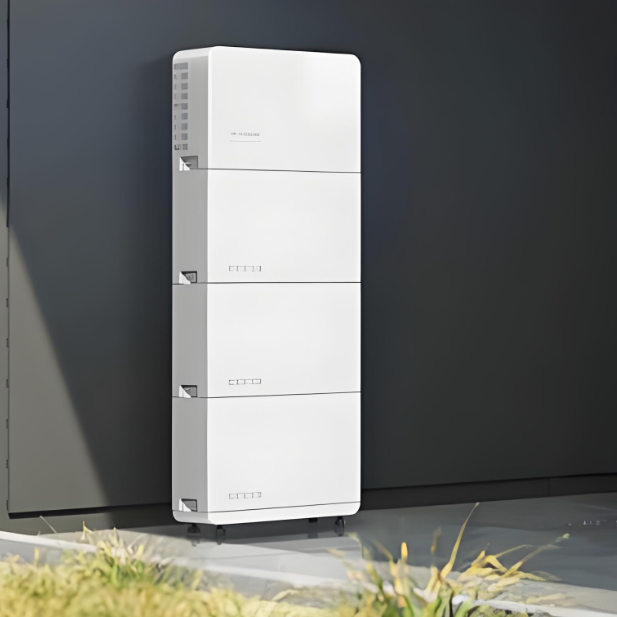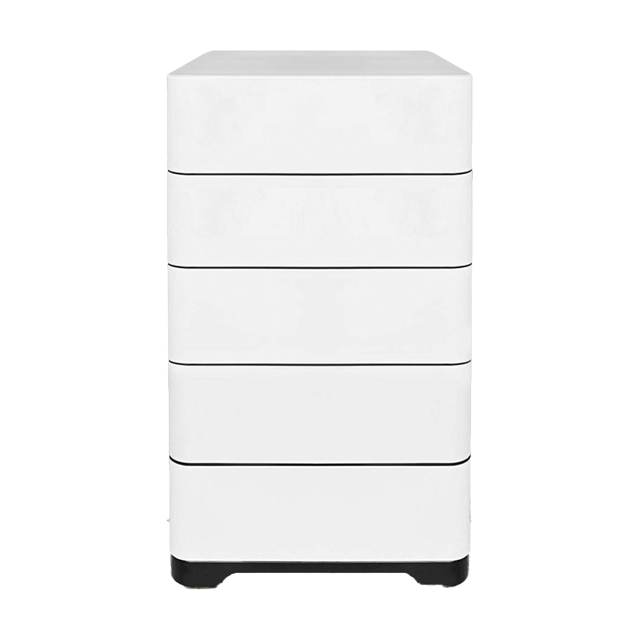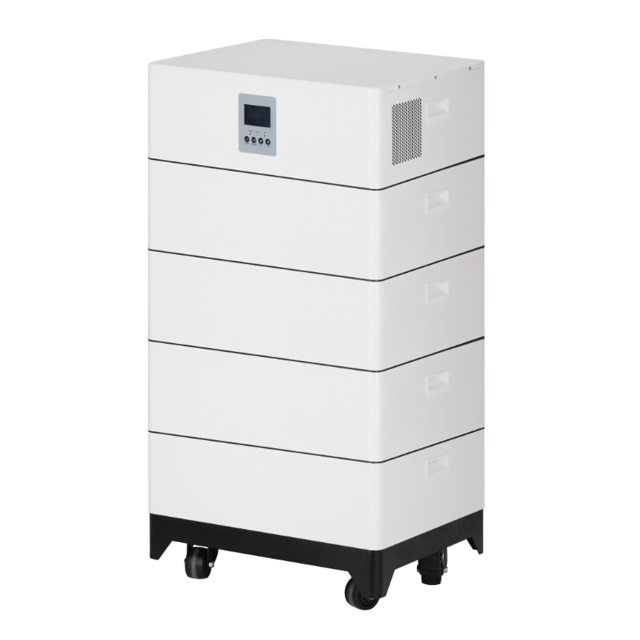Off-Grid Backup Power Solution: Detailed Analysis of Residential Battery Energy Storage Systems
07/01/2025
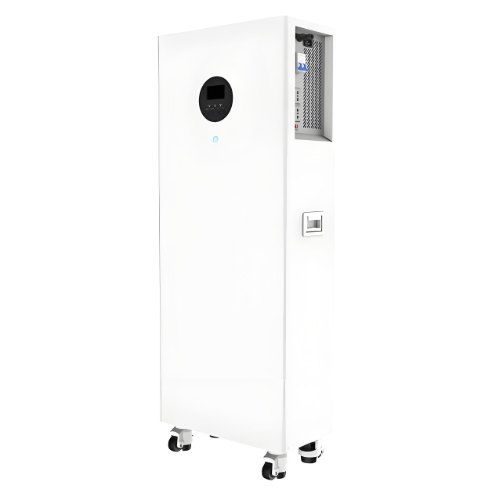
Off-Grid Backup Power Solution: Detailed Analysis of Residential Battery Energy Storage Systems
How do traditional households ensure continuous power supply during grid outages?
Solution Architecture:
- Core Components
- Energy Storage Battery (LiFePO4/LFP)
- Off-Grid Inverter (with Grid-On/Off switching function)
- Intelligent Energy Management System
- PV Charge Controller (MPPT technology)
- System Workflow
- When Grid is Normal:
PV Generation → Home Consumption → Battery Storage → Excess Power Fed to Grid - During Grid Outage:
PV Generation + Battery Discharge → Through Inverter → Powers Critical Loads - Technical Parameter Comparison
|
Battery Type |
Cycle Life |
Safety Performance |
Temperature Adaptability |
|
LiFePO4 (LFP) |
6000+ |
★★★★★ |
-20℃ ~ 60℃ |
|
NMC Battery |
3000 |
★★★☆☆ |
-10℃ ~ 45℃ |
|
Lead-Acid Battery |
500 |
★★★★☆ |
0℃ ~ 40℃ |
- Intelligent Management Features
- Load Priority Setting (e.g., Medical Equipment > Lighting > AC)
- Automatic Full Reserve Charge upon Typhoon Warning
- Smart Time-of-Use (TOU) Tariff Arbitrage
- Remote Monitoring via Mobile App
- Typical Configuration Plan (80 sqm Residence):
- 10kWh Storage Battery
- 5kW PV Array
- 6kW Hybrid Inverter
- Supports Basic Loads for 8-12 Hours
- Safety Protection System
- UL1973 Certified Battery Pack
- IP65 Protection Rating
- 3-Level BMS (Battery Management System) Protection
- Anti-Islanding Protection Device
- Dedicated Fire Venting Channel
Return on Investment (ROI) Analysis
- Initial Investment: 12,000−12,000 - 12,000−18,000
- Annual Benefit Components:
- TOU Tariff Savings: $320
- Reduced Outage Losses: $600+
- Government Subsidy: $1,500 (varies by region)
- Payback Period: 7-10 Years
Real-World Case
During a 2023 California storm, a residence equipped with 20kWh storage:
- Maintained continuous power supply for 72 hours
- Ensured operation of medical ventilator
- Reduced food spoilage losses by over $800
- Kept security system fully operational
